In more detail the BOLM sensor network has the following capabilities:
- Calculate 3D orientation of the patient
- Calculate the relative, to central node, location of the patient
- Wireless communication to the central node with send-acknowledge and re-send in case of failure
- Patient mobiliity analysis and classification into three states "Idle", "moving" and "fallen"
- Visualization of the measurements, location and states of each patient in real-time
- Open Source design using COTS components.
- Can be extended to provide vitals information of the wearer and adjusted to provide monitoring in other situations were personel telemetry is needed in indoor enviornments.
Both the hardware and software of this project are maintened on GitHub: https://github.com/egk696/BOLM
 Chris Gkiokas
Chris Gkiokas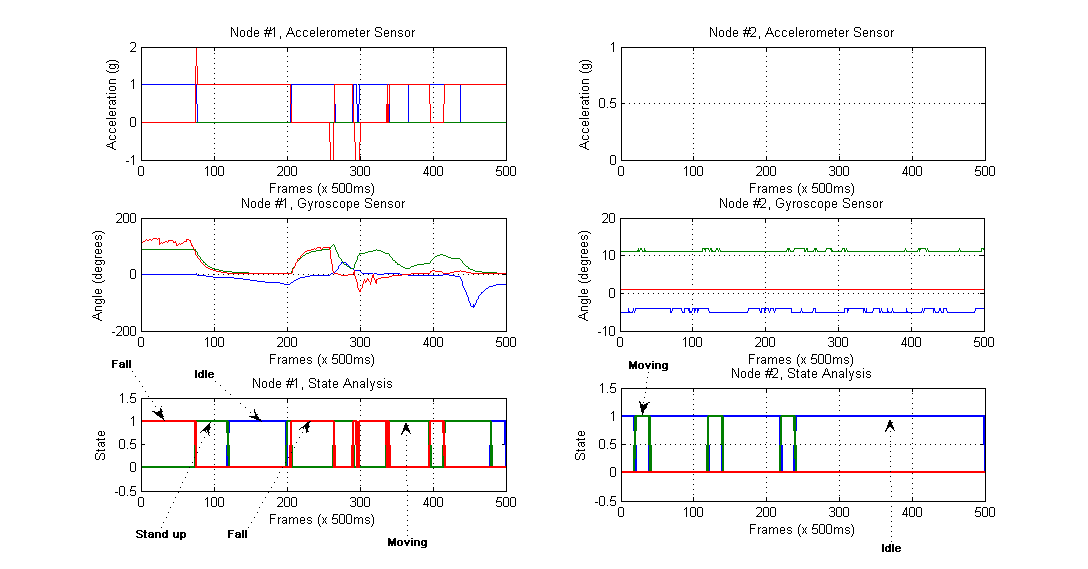
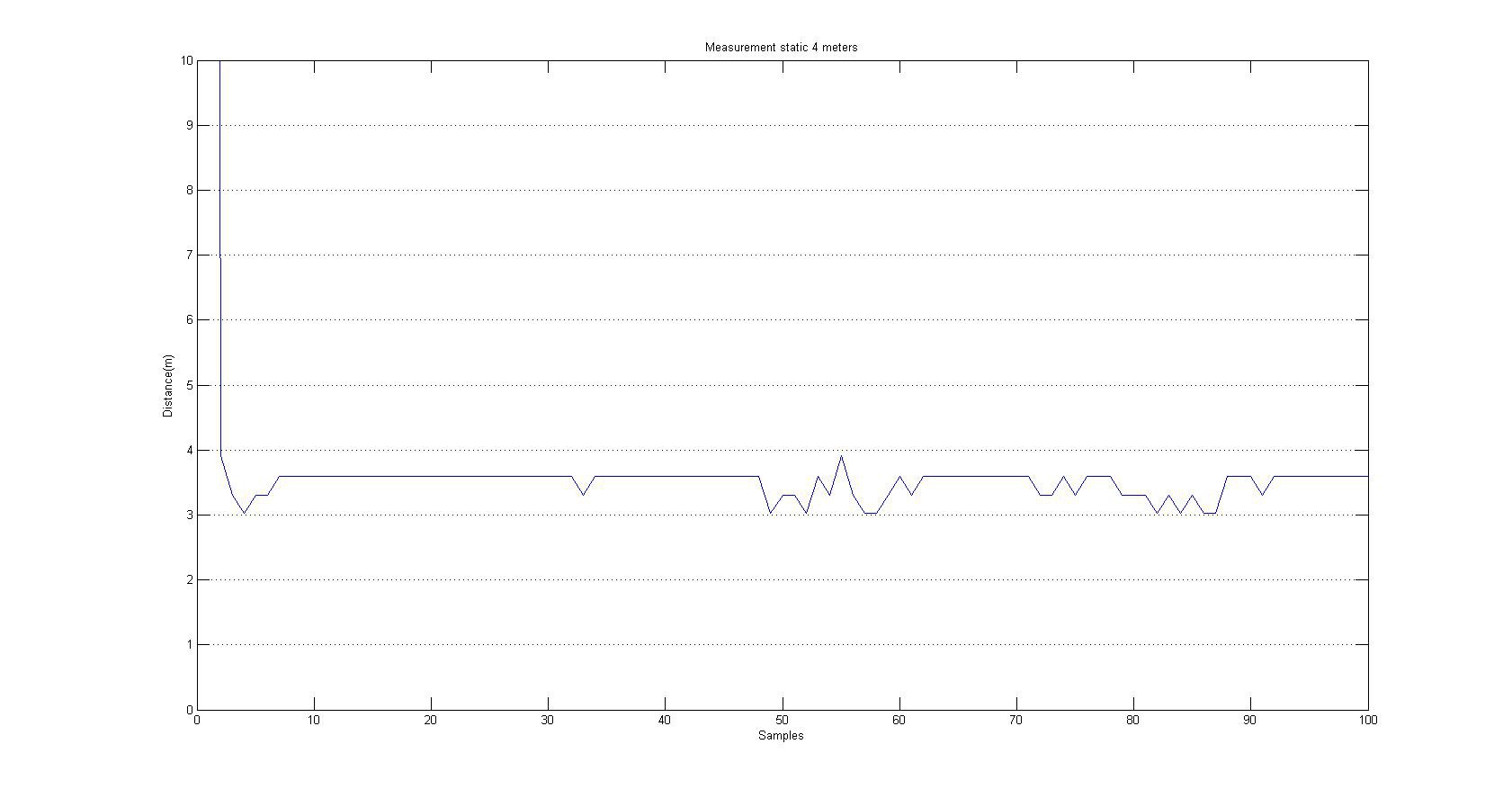
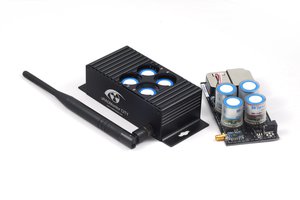
 Radu Motisan
Radu Motisan
 Brenda Armour
Brenda Armour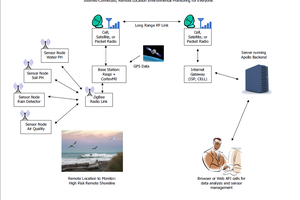
 x3n0x
x3n0x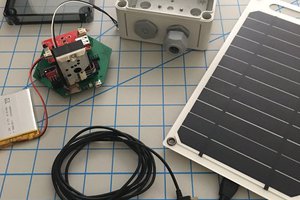
 ACROBOTIC Industries
ACROBOTIC Industries